Enhancing Search and Rescue Missions with 7b Thermal Gimbal Cameras
Introduction
A New Era in Search and Rescue Operations
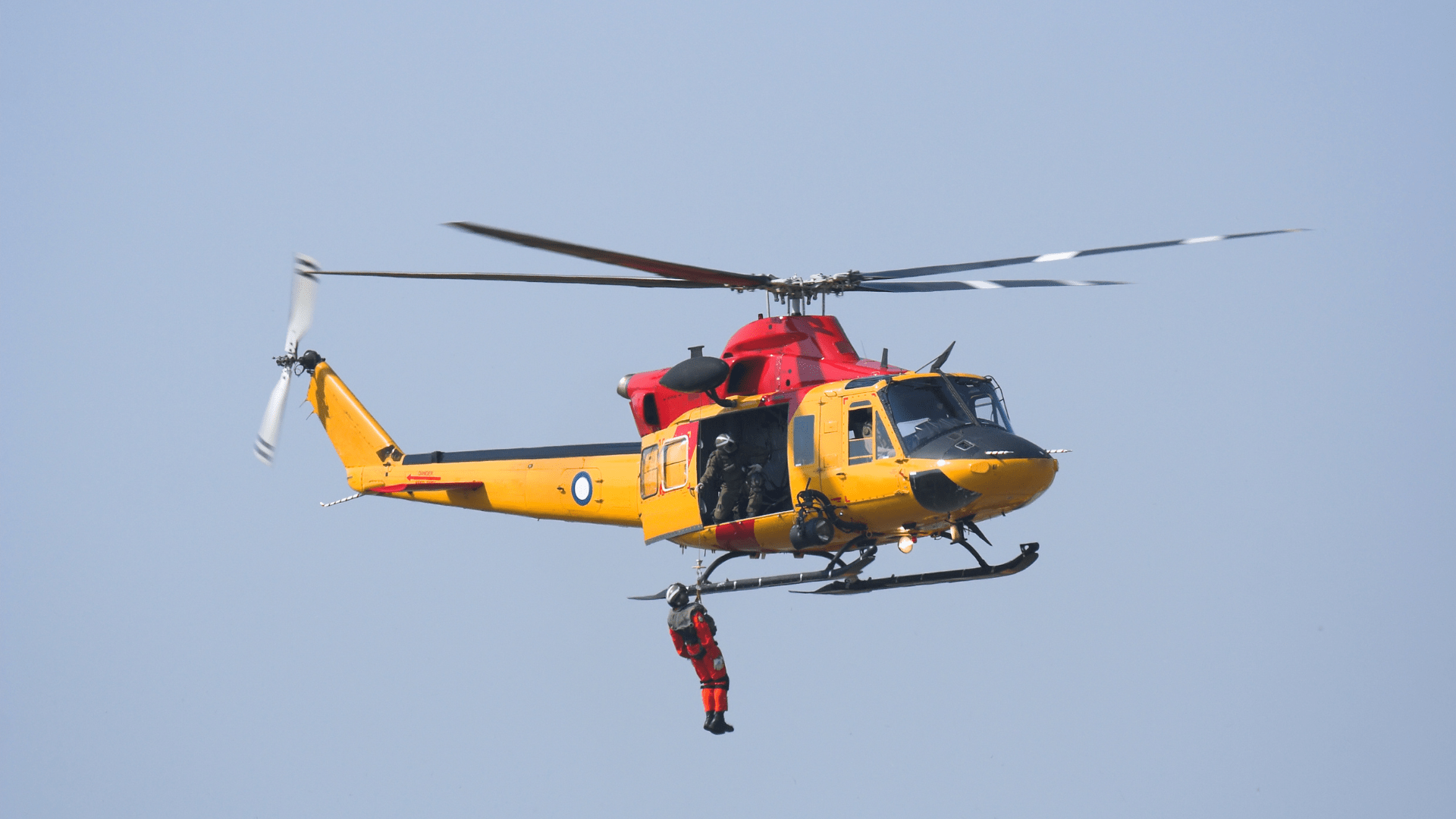
In search and rescue missions, efficiency and accuracy are paramount. 7b’s thermal gimbal cameras, the M2D Micro Stabilized Gimbal and M2D V3 Gimbal, are technological advancements that provide critical capabilities in detecting heat signatures, particularly in challenging environments.
M2D Micro Stabilized Gimbal: Compactness Meets Performance
Overview
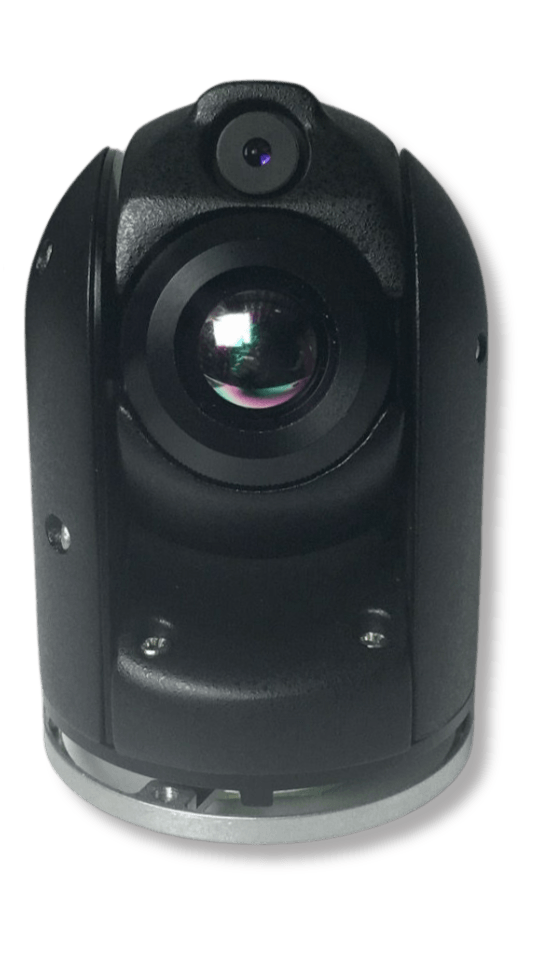
The M2D Micro Stabilized Gimbal is renowned for its compact size without compromising performance. Being the world’s smallest and lightest gyro-stabilized dual EOIR/thermal gimbal, it is an invaluable tool in search and rescue operations.
High-Resolution Imaging
Equipped with continuous zoom thermal imaging, an IR FLIR camera, and an HD CMOS continuous zoom low-light visible daytime EO camera, the M2D Micro delivers high-definition thermal IR imaging and visible imagery. These features are essential in identifying and locating individuals based on their heat signatures, especially in low visibility conditions.
Stabilization in Challenging Environments
With military-grade ultra-precision track gyro stabilization, the M2D Micro ensures steady and clear imagery in harsh environments. This stabilization is crucial in ensuring that rescuers have reliable data to work with, regardless of weather conditions.
Versatile Applications
The M2D Micro is versatile, designed for both airborne and ground ISR applications, and can be employed on manned and unmanned fixed-wing and rotary-wing aircraft.
M2D V3 Gimbal: Efficiency and Precision Combined
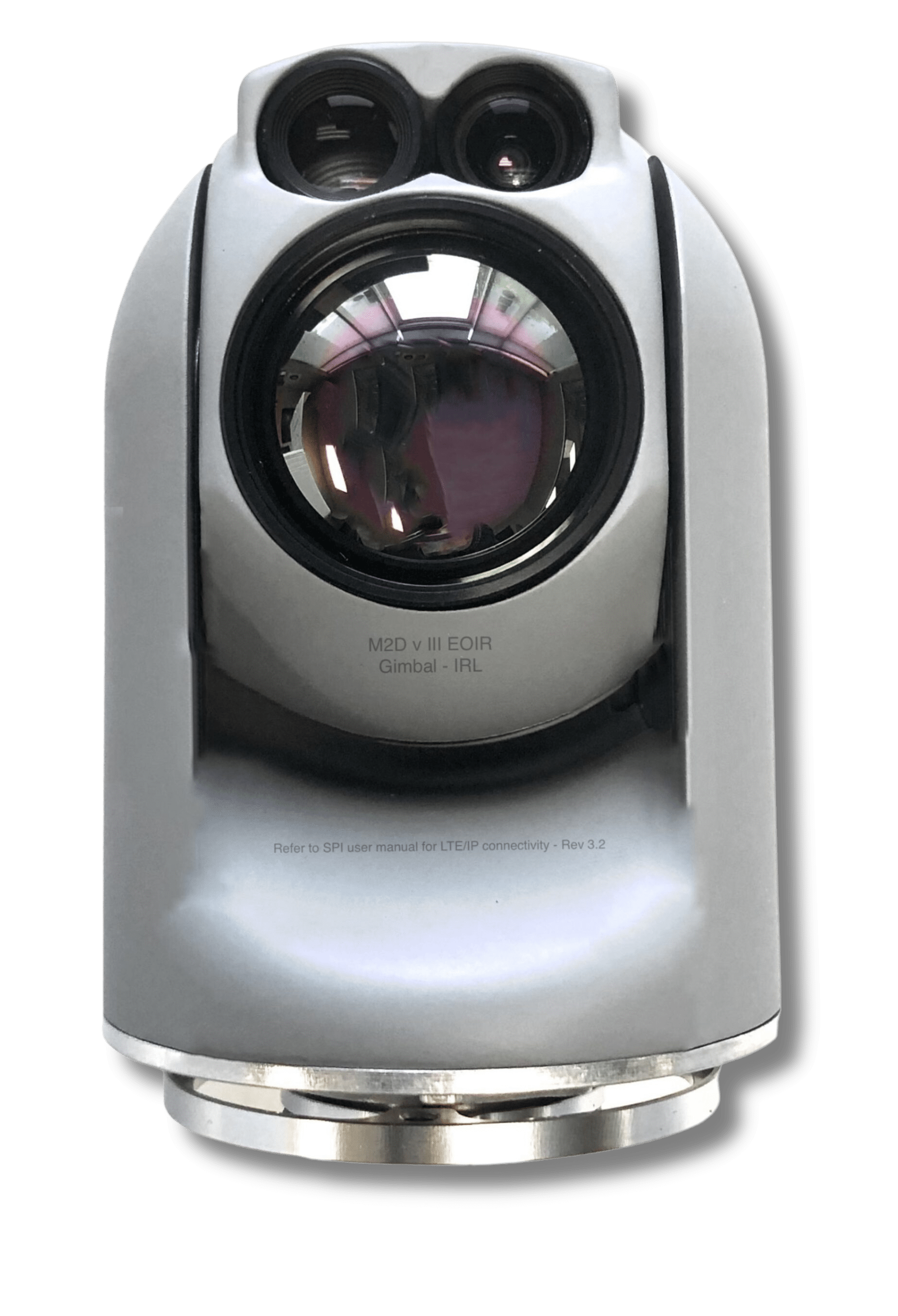
Overview
The M2D V3 Gimbal is another exemplary thermal imaging camera that boasts continuous zoom capabilities and an array of features designed for efficiency in search and rescue operations.
Advanced Imaging and Detection Capabilities
The M2D V3 is equipped with a long-range zoom 1920 x 1200 HD BSI CMOS EO camera and a 1280 x 1024 ultra-sensitive HD long-range zoom IR camera. The camera’s long-range EO and IR detection, recognition, and identification capabilities are vital in accurately locating individuals in extensive search areas.
Lightweight and Energy Efficient
Weighing only 179 grams and with an ultra-efficient power consumption of 7W, the M2D V3 is optimized for extended operations. This light weight and low power consumption allow for longer flight times and ranges, which are critical in search and rescue missions.
Flexibility in Deployment
Like the M2D Micro, the M2D V3 is also highly versatile and can be deployed on both manned and unmanned fixed-wing and rotary-wing aircraft. Its gyro-stabilization and dual payload options make it adaptable for various scenarios
Real World Applications of Thermal Camera Drones In Search and Rescue
Locating People in Floodwaters
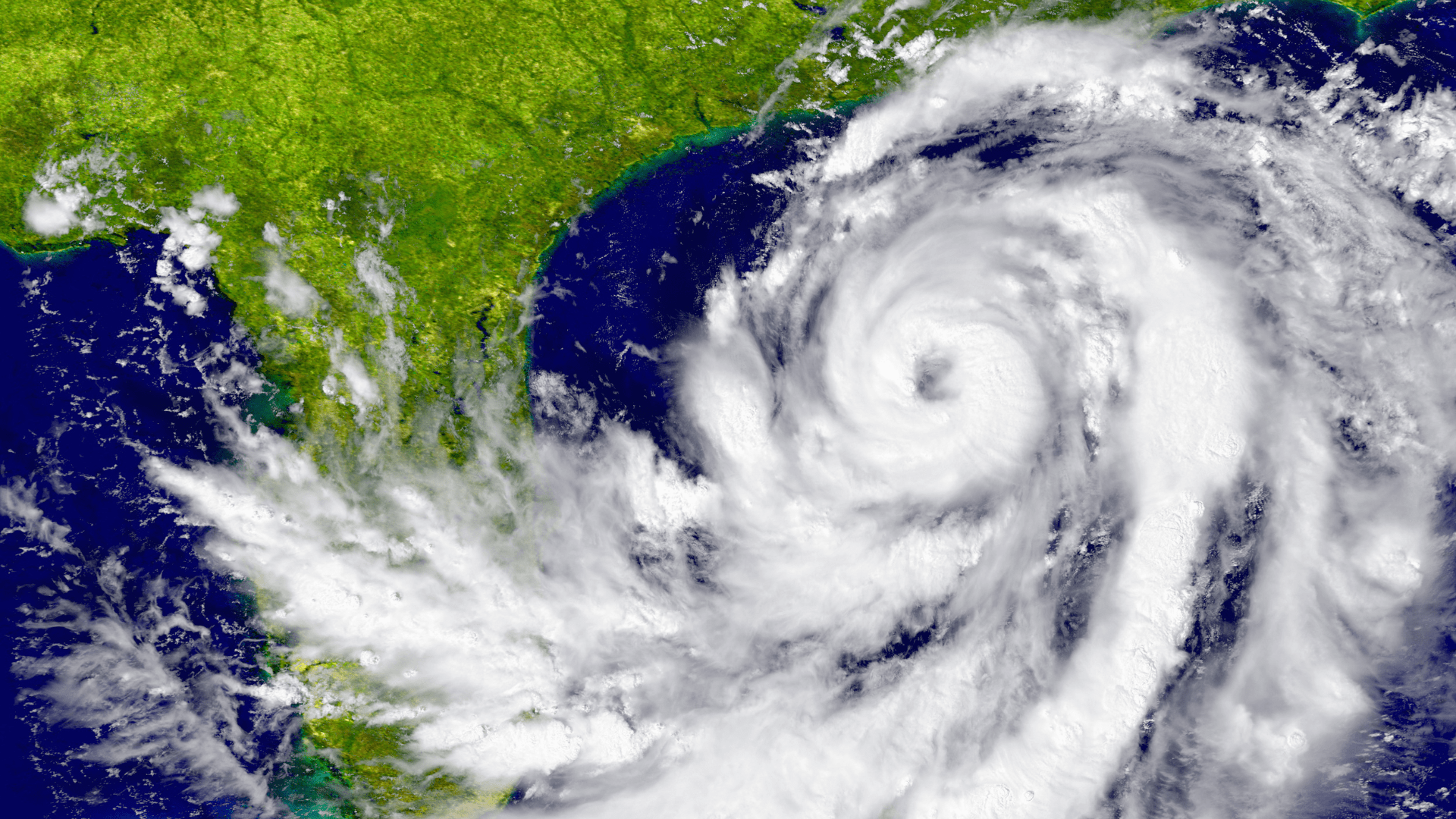
After Hurricane Harvey, search and rescue teams used drones with thermal imaging cameras to locate survivors in large stretches of floodwater and submerged neighborhoods. Thermal imaging was instrumental in spotting heat signatures, allowing rescuers to act quickly. This was crucial in situations where every second counted in saving a person’s life1.
Enhancing Visibility and Safety in Storm-Damaged Areas
Aerial thermal cameras are particularly helpful in storm-damaged areas. They enhance visibility, allowing teams to locate someone faster. The increased visibility from an aerial view enables rescue teams on the ground to have a clearer mission path, which in turn increases their safety. It’s often dangerous for rescue teams to head out into floodwater and debris, especially with poor visibility. The aerial thermal cameras help in ensuring that they don’t waste time and can remain safe until they have a clear mission path1.
Improved Search Efficiency with Drones
Drones provide a different approach compared to helicopters. They can fly into hard-to-reach places due to their small size and maneuverability, which means they may be better able to locate victims in difficult places. They don’t have to refuel as often, and there are fewer health and safety concerns compared to placing pilots and other rescuers in helicopters. This makes drones with thermal cameras a more efficient and safer option for search and rescue operations1.
Significant Reduction in Rescue Times
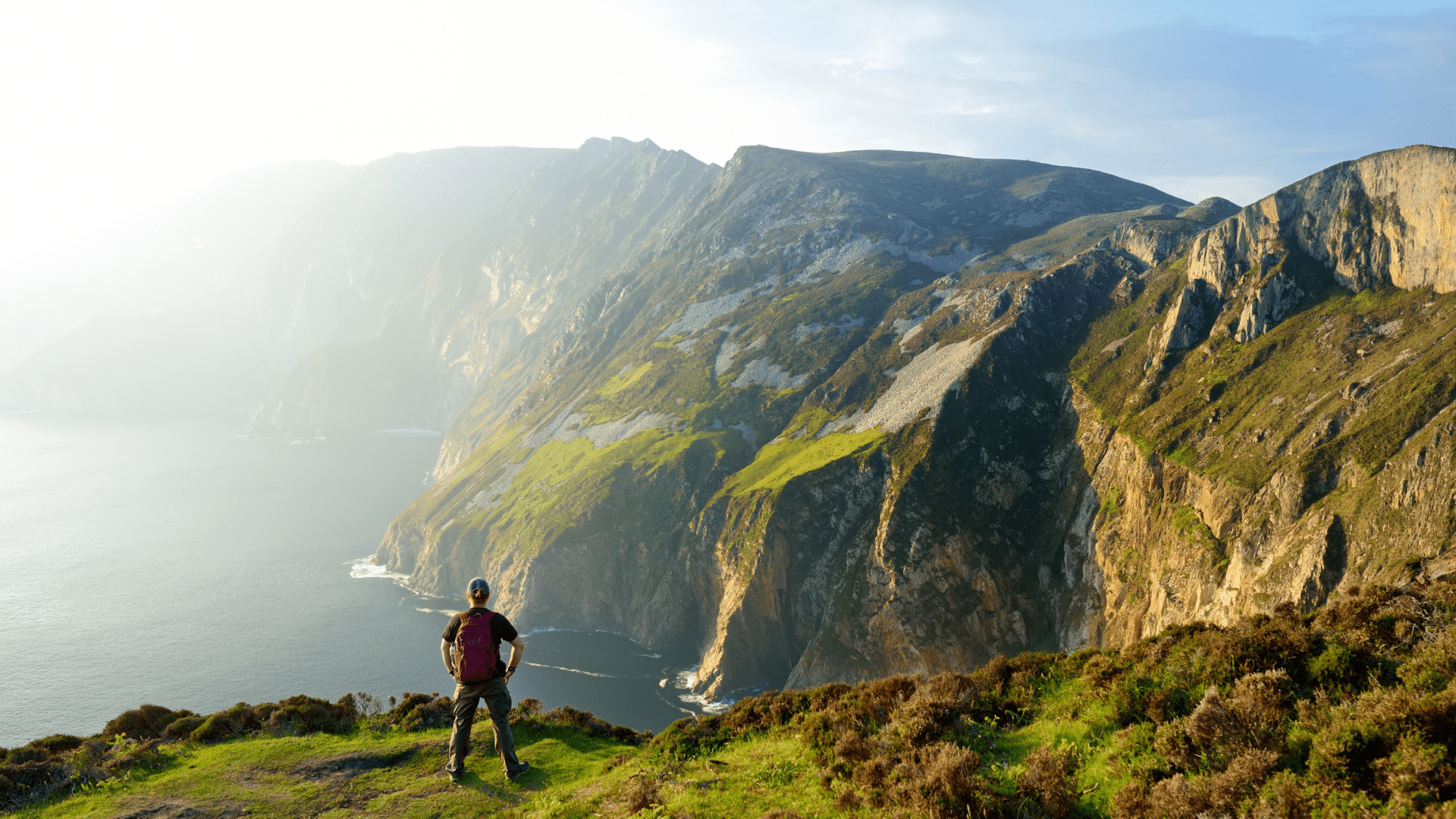
In Ireland, the Donegal Mountain Search and Rescue reported that drones equipped with thermal cameras significantly reduced rescue times. Traditionally, a five-person rescue team took an average of two hours to search a one-square-kilometer area. In contrast, a drone could cover the same area and find a victim in just 20 minutes1.
Locating Missing Vehicles and Structural Damage
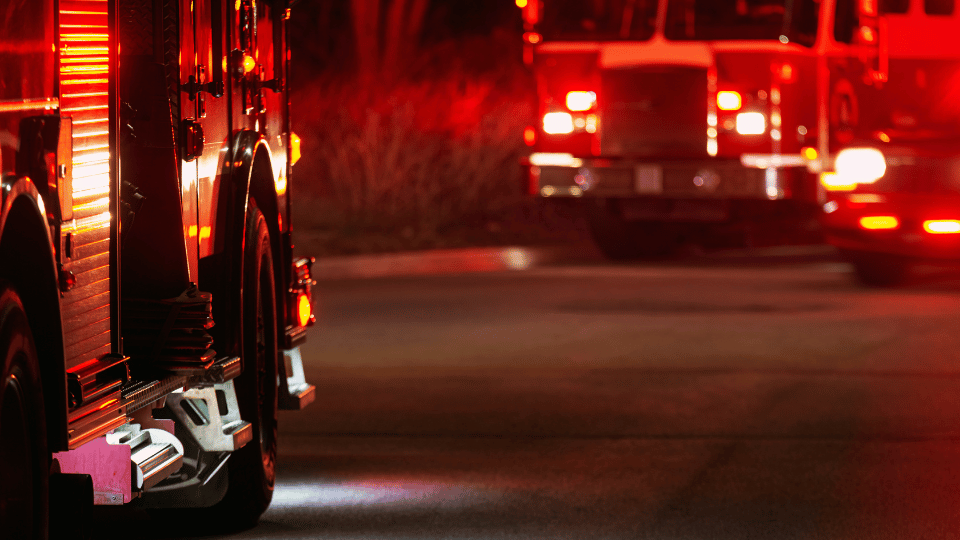
In Texas, during a search and rescue operation following heavy flooding, the Joshua Fire Department used a drone to locate a missing truck that they had been attempting to find for an hour. The drone spotted it in just 45 seconds. In another instance during Hurricane Harvey, drones were able to spot structural damage where a roof was caving in with workers below. The versatility of thermal cameras also extends to locating people trapped within landslides and collapsed buildings during earthquakes1.
Enhanced Maritime Search and Rescue
Thermal imaging is particularly useful in maritime search and rescue operations. For instance, in Norway, search and rescue boats use FLIR thermal cameras for greater visibility of people, ice, and other hazards in the water, which is especially valuable in vast areas of water where visibility is critical1.
- Use Of Thermal Cameras On Drones In Search And Rescue Operations, copterviews.com1.
- UAV1.com
